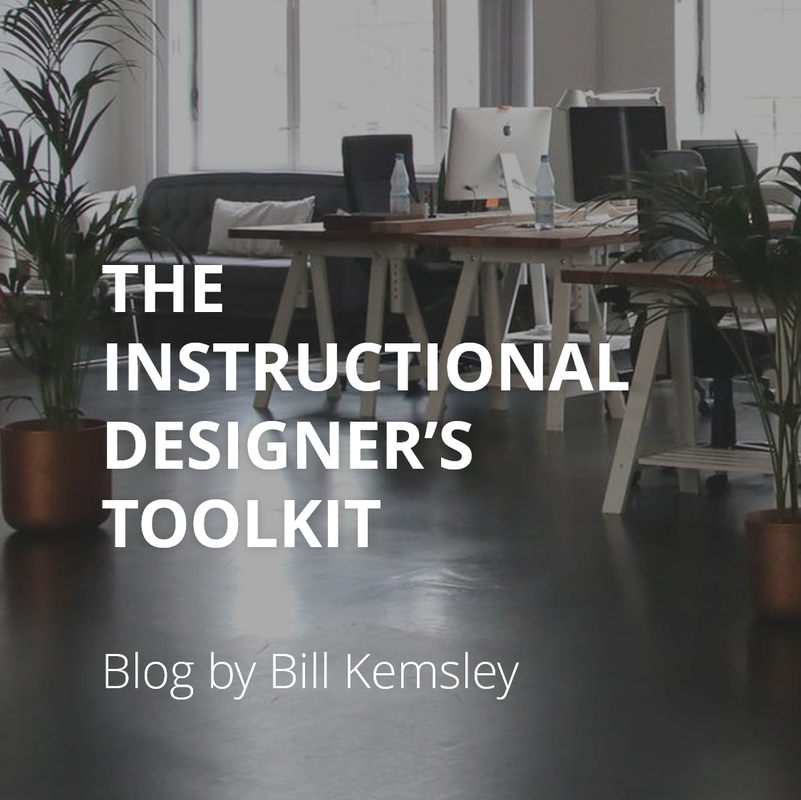|
Why did you pursue a career in the instructional design and technology field?
I wanted the opportunity to support social change and I think education is one of the best ways to do that. When we harness technology especially, we can reach even more people. What are some of your day-to-day responsibilities in your roles? Consult with clients to understand their learners, objectives, and content. Organize and adapt content, and create strategies to delivery in an engaging, interactive, and meaningful way. How have you found your jobs? What advice do you have for someone trying to find a job in the instructional design and technology field? I've found projects on online job boards, the listserv, and through networking with classmates and colleagues. I recommend staying open to opportunities, especially if they feel like a bit of a stretch for your skills and experience. In what ways did your graduate program prepare you for your career? IP&T gave me a theoretical and practice foundation in instructional design, as well as many design experiences in a comfortable yet challenging learning environment. Classes in the program as well as working with faculty helped me to get my first job which helped me improve my skills and my confidence and prepared me for the work I've done since. Why did you pursue a career in the instructional design and technology field? Growing up, my dad owned a custom e-learning company. I worked as an instructional designer for the company and really enjoyed it. In college, I knew I wanted to do something business-related, but I wasn't sure what. For a while, I considered studying accounting, but I decided that I didn't want to be an accountant for the rest of my life. I enjoyed the creative aspect of instructional design work and decided that I wanted to merge my passion for business with my passion for design and learning as a corporate instructional designer. What are some of your day-to-day responsibilities in your roles? I have been involved in the beginning-to-end process of creating online training courses for companies. This has involved tasks such as meeting with subject matter experts (SMEs); analyzing needs; writing and editing scripts; creating storyboards; recording, mastering, and editing audio; and implementing courses into learning management systems (LMSs). Some of my favorite tools are Articulate 360, Camtasia, and PowerPoint. How have you found your jobs? What advice do you have for someone trying to find a job in the instructional design and technology field? I have found jobs in a variety of ways: a family-owned business, a cold call to a company I was interested in, an email from a graduate program listserv, and searching on Google for a job. My advice is to narrow down what type of job you're interested in, develop an outstanding portfolio, and don't give up as you pursue your dream job. In what ways did your graduate program prepare you for your career? My graduate program helped me learn strategies to better understand problems before seeking to implement instructional and other solutions. For example, I gained experience in conducting learner and task analyses. The program also helped me to network and learn from others in the field, and it gave me additional experience in course authoring tools and LMSs.
|
AboutLearn more about the career paths and day-to-day responsibilities of people working in the corporate sector of the IDT field! Respondents are students and alumni of the BYU IP&T program.
View by Company
|







